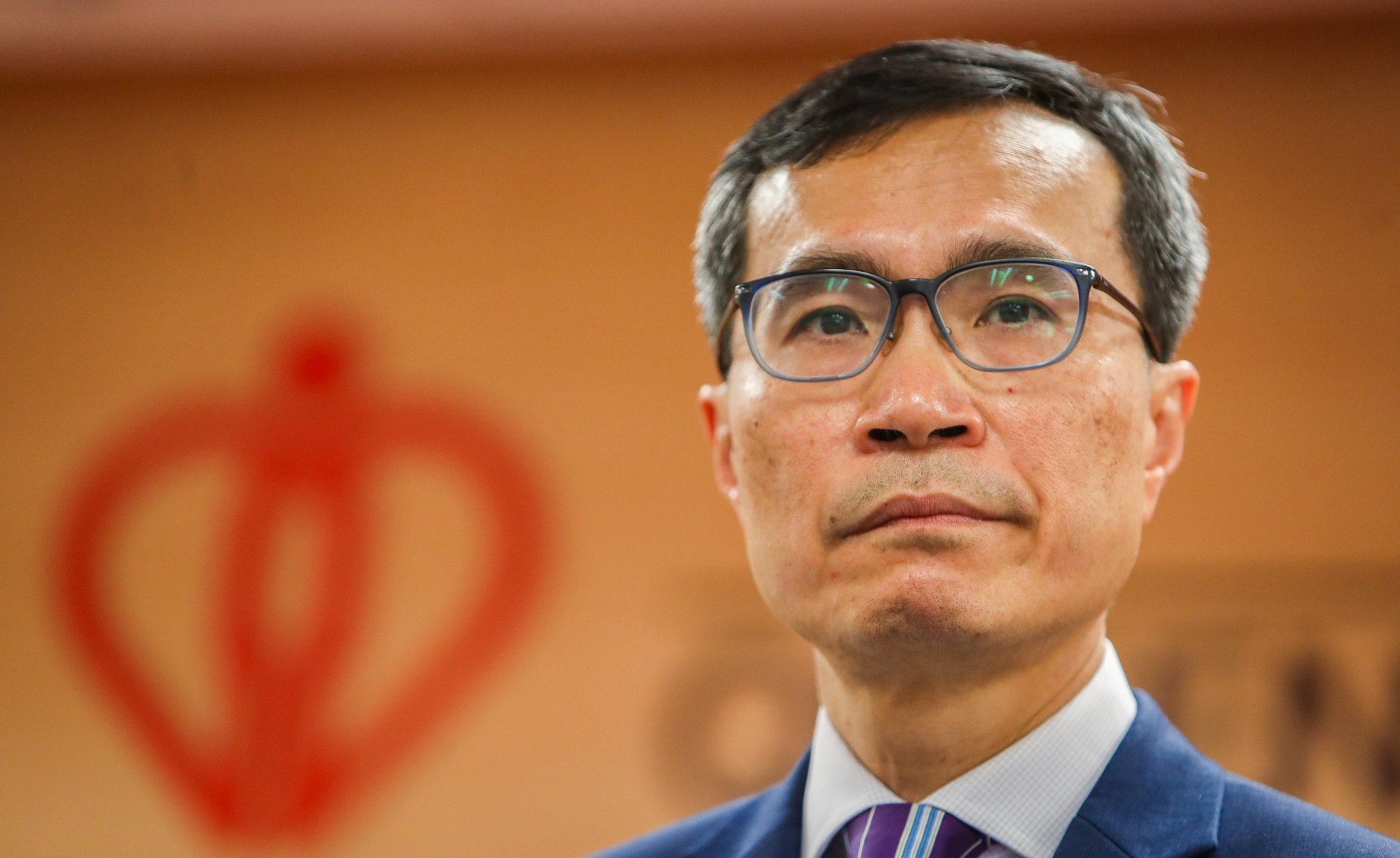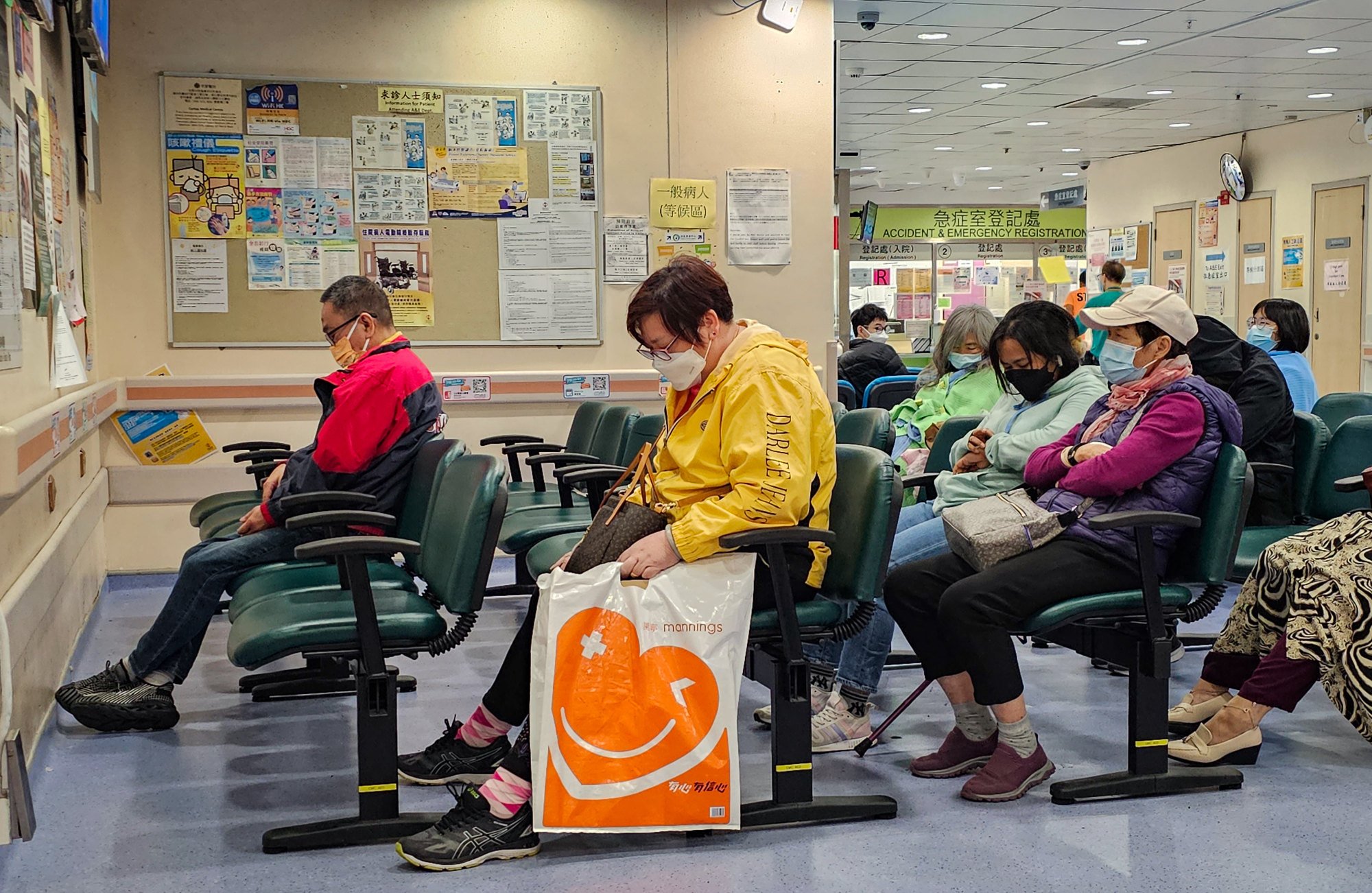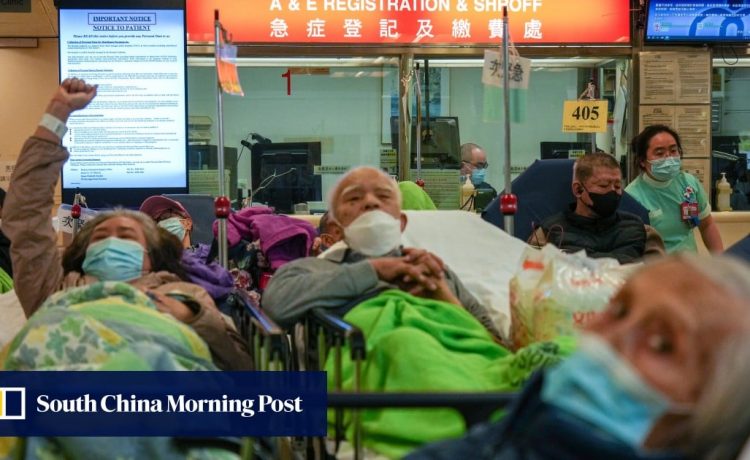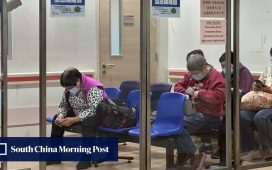Enhancing public-private partnerships could help alleviate pressure on Hong Kong emergency services in public hospitals, an advocacy group and a doctor have said, with the latter warning the government’s suggestion that patients should be charged depending on how urgent their conditions were may lead to disputes.
Dr Luk Che-chung, a former chief executive of the Hospital Authority’s Hong Kong East area, on Monday proposed that some larger private hospitals could take on patients who had been waiting for a long time, such as those categorised as “semi-urgent” or “non-urgent” in public hospitals, at reasonable prices.
“The government can consider public-private partnerships or pilot schemes with private hospitals or large medical groups to take over patients with a long wait time at a reasonable, similar price so that patients can have a choice,” Luk told a radio programme.

He said fees were only one way to ensure public medical resources were best utilised but charging different prices based on the level of urgency to manage demand could “cause disputes” between the understaffed medical teams, and patients and their family members.
The partnership model can also prevent patients from encountering a situation in which the private sector follows in the public sector’s footsteps by increasing charges, according to Luk.
Authorities are currently reviewing accident and emergency (A&E) costs to prevent abuses, with health minister Lo Chung-mau saying those taking advantage of the system could pay fees similar to family doctor consulting charges. But patients in urgent need of treatment might be charged at a cheaper rate.
Call to ease A&E ward wait time, improve carer support for Hong Kong elderly
Call to ease A&E ward wait time, improve carer support for Hong Kong elderly
Ivan Lin Wai-kiu, a community organiser at the Society for Community Organisation, said the effect of managing the demand for A&E services through pricing would be limited and did not address the cause of the issue.
“A&E services cost HK$180 [US$23], but outpatient services cost only HK$50. If our residents are price-driven, why would they go to A&E? The primary reason is because they cannot get a slot at outpatient departments,” Lin said.
He added the key was not to deter people from the services with high prices but rather to improve outpatient departments as patients might have to wait for one or two days before a doctor could see them, which diverted them to A&E.

Lin agreed that private-public partnerships were a way to reduce pressure on the public healthcare system, suggesting it would be ideal for such collaborations to be stronger at the primary care level with family doctors.
“I hope the government can further promote existing schemes and provide more incentives so that when in need, patients do not have to first go to A&E then be diverted to private-public partnership care, but can head to family doctors right away,” Lin said.
“Other than that, family doctor services at outpatient clinics also need to be improved so that family doctors in these two streams can help filter out large portions of patients [for A&E departments].”
Dr David Lam Tzit-yuen, a lawmaker from the medical and health services sector, questioned the partnership with private hospitals and medical groups.
He argued that Hong Kong should make the most of the thousands of family doctors in the city to handle non-urgent cases.
“The government has always had this approach of finding counterparts – ideally one – to sort out everything, but medical services should not be conducted like this,” Lam said.
“You need someone with the human touch – a good, dedicated family doctor. Otherwise, you lose the point of family doctors as they would not know what had happened to you.”
Hong Kong carers need more healthcare support from government: advocacy group
Hong Kong carers need more healthcare support from government: advocacy group
Lam added that there may also be queues at private hospitals or medical groups and that more public-private partnership family doctors would be a first step in tackling the problem.
He also proposed that one to two doctors should be detailed to look after non-urgent cases in A&E units.
Lam suggested that general outpatient clinics could operate until midnight or 1am and that patients could reserve a slot for attending. The consultation hours of those that open in the evening end at 10pm at present.
“If patients could find their family doctors during the day, together with longer operating hours of outpatient clinics and doctors to look after non-urgent cases at A&E, that should be able to help most people,” he said.
Hong Kong has 18 public hospitals that provide A&E services, with patients grouped into five categories under a triage system. The categories are critical, emergency, urgent, semi-urgent and non-urgent.
The average waiting time at the 18 public hospital A&E departments at 2.15pm on Monday ranged from one to more than eight hours.







